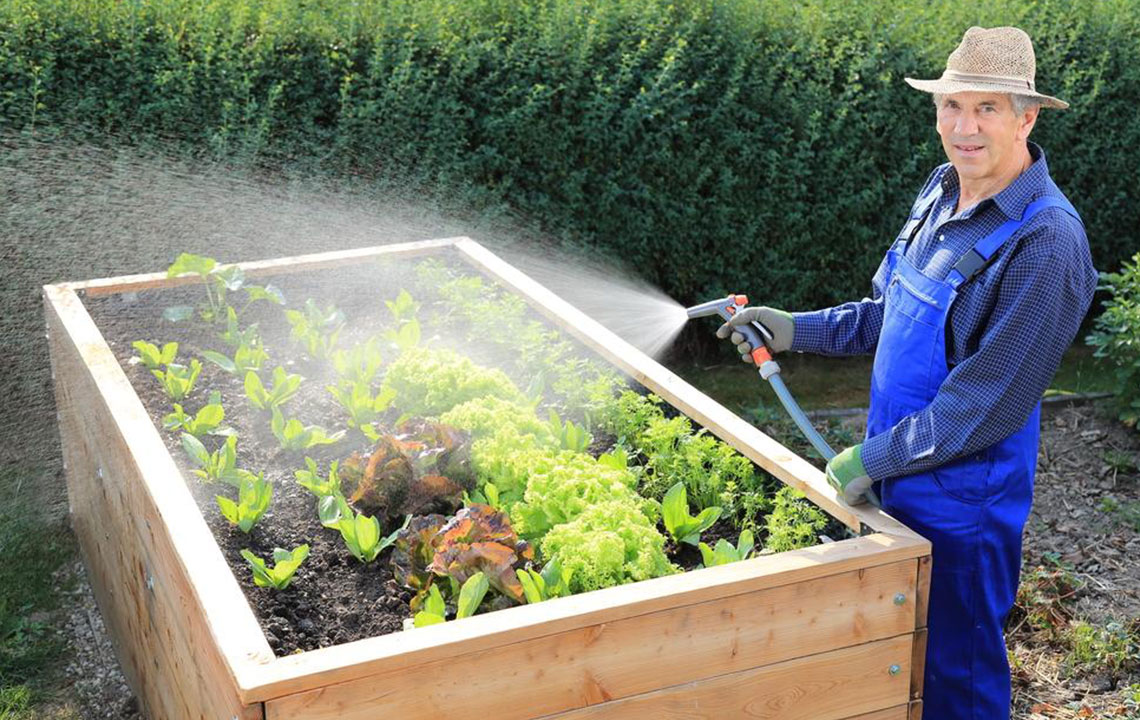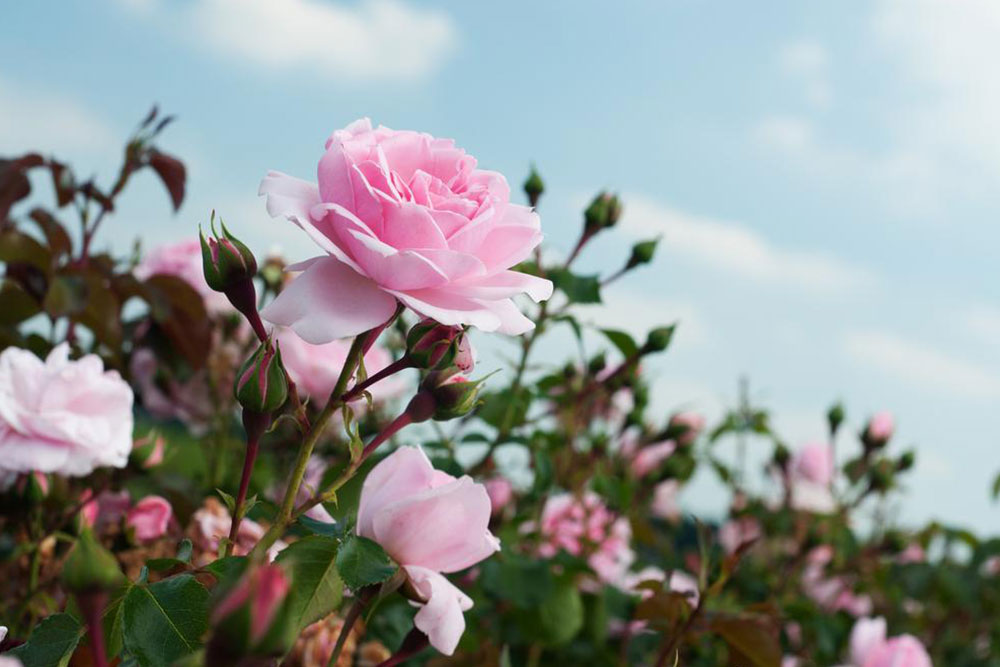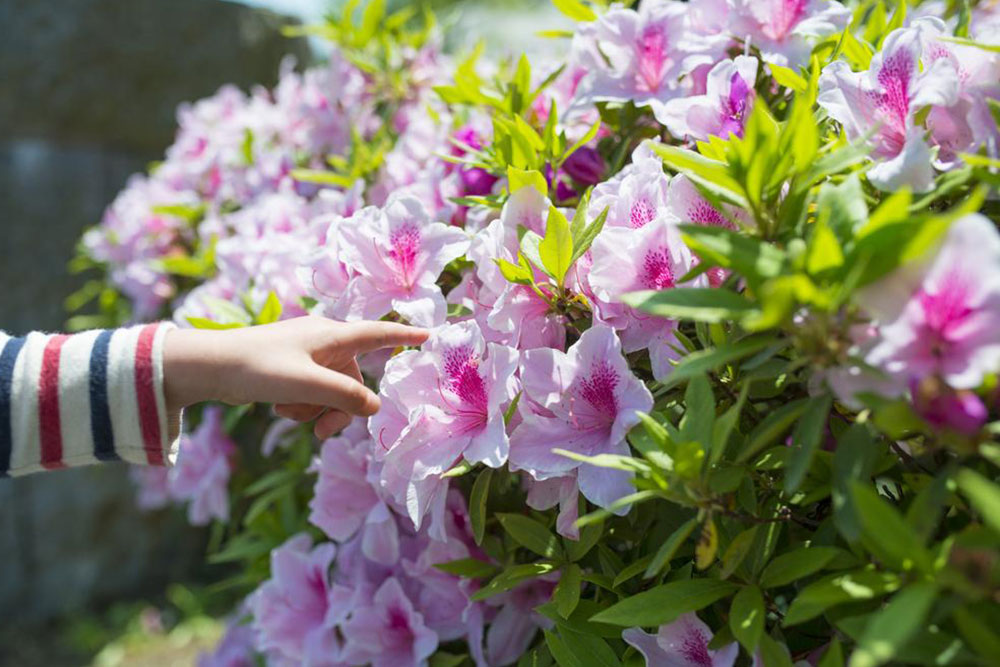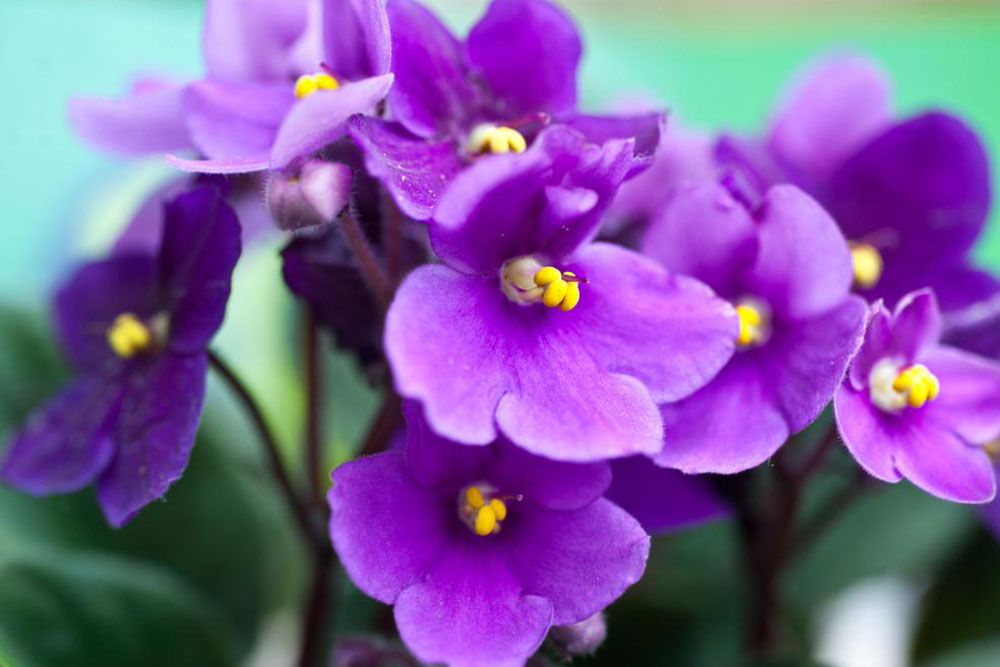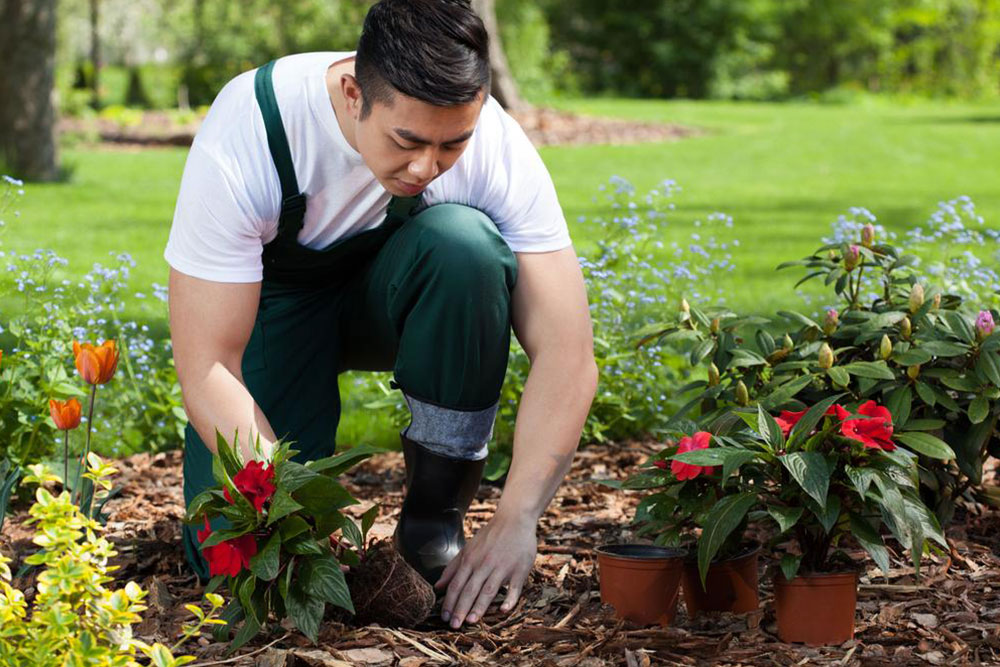Essential Tips for Pruning Your Azaleas
Learn essential pruning techniques for azaleas to ensure healthy growth and vibrant blooms. Understand the best timing, proper methods, and care tips to keep your azalea plants thriving year-round. This guide covers identifying the right pruning period, removing dead branches, and fertilizing tips for optimal results, making it perfect for both novice and experienced gardeners.

Essential Tips for Pruning Your Azaleas
Proper pruning begins with recognizing the specific type of azalea you have, as each variety requires distinct care. Different azaleas respond best to specific pruning techniques.
Before diving into pruning methods, here are some interesting facts about azaleas:
Often referred to as the "Royalty of the Garden"
Can be deciduous (shedding leaves) or evergreen
Grow up to approximately 2.5 meters (8.2 feet)
The leaves are toxic and have historically been used as a dangerous threat in certain cultures
Flowering seasons are celebrated in countries like Japan, Korea, and the USA
Asian azaleas tend to be evergreen, while North American varieties are usually deciduous
When to Prune Azaleas
Timing is crucial for healthy growth. The ideal window for pruning is a few weeks after the plant's blooming period—about three weeks post-bloom. Avoid waiting until summer or fall, as this can hinder flowering for the following season.
Carefully assess your azalea shrub before starting the pruning process to determine your approach.
This is especially important since appropriate timing directly influences the plant's health and future blooms. During pruning, start by removing dead or diseased branches using clean, sharp shears. This prevents disease spread and promotes new growth. If necessary, you can prune heavily to reshape overgrown azaleas—there’s no harm in a drastic cut. After pruning, water the plant generously to encourage fresh growth. Focus on removing spent flowers and removing any damaged stems after the flowering cycle. Don’t forget to fertilize with a slow-release fertilizer for optimal health.
Note:
Our blog covers a range of gardening topics, offering practical advice based on thorough research. While helpful, these tips are for informational purposes and should be adapted to your specific conditions. We disclaim responsibility for any inaccuracies or differences in local environments. Always consider consulting local gardening experts for personalized guidance.

